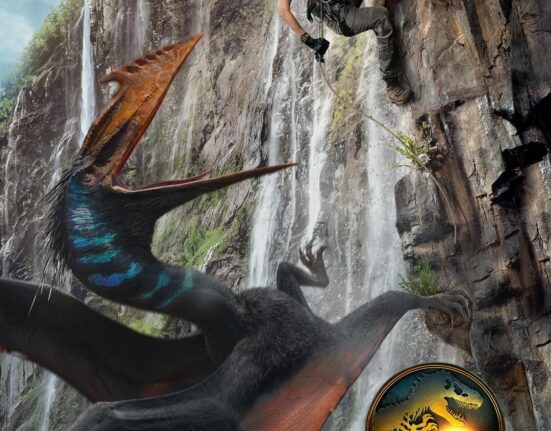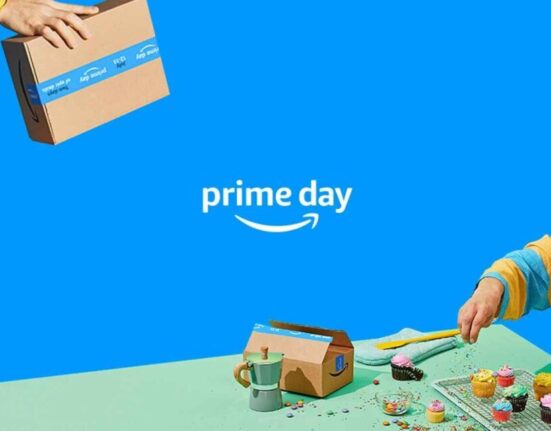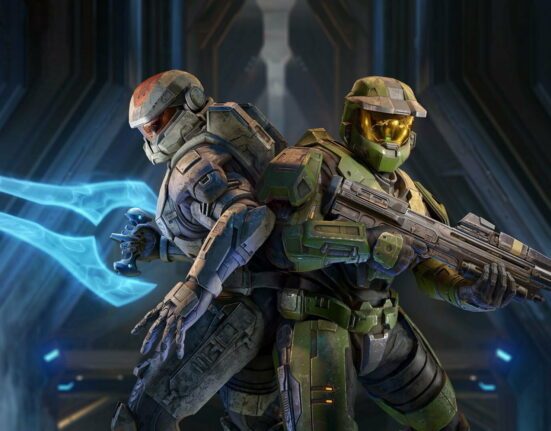Doom, a legendary gaming series that has been a household name since its inception in 1993, is not immune to the ever-evolving landscape of the gaming industry. As players gear up for the latest installment, “Doom: The Dark Ages,” developers are facing a myriad of challenges as they navigate through the competitive world of video games.
Iconic Legacy
The Doom franchise, with its iconic main character known as The Doom Slayer, revolutionized first-person shooter (FPS) games and continues to be a dominant force in the gaming scene. However, even stalwarts like Doom have to adapt to attract new players and stand out amidst a sea of modern titles vying for attention.
The Battle for Attention
In today’s digital age, gamers are spoiled for choice with an abundance of entertainment options competing for their time and money. Marty Stratton, executive producer of Doom, acknowledges this challenge: “There’s so much stuff competing for our attention these days.” From free-to-play juggernauts like Fortnite and Roblox to perennial favorites like Call of Duty and EA FC, the competition is fierce.
Shifting Player Habits
With younger players gravitating towards “forever games” that offer endless hours of gameplay without additional costs, premium titles like Doom face the uphill task of enticing them with shorter yet fulfilling experiences. Hugo Martin, director of Doom: The Dark Ages, emphasizes how their new game setting and gameplay changes aim to capture both seasoned fans and newcomers alike.
The Price Conundrum
As development costs soar in the gaming industry while player bases remain relatively stagnant, pricing strategies become crucial. While debates over game prices have been ongoing for years, Marty argues that premium games like Doom offer a complete experience without hidden expenses often found in free-to-play models.
The Value Proposition
Despite premium titles requiring an upfront investment compared to free alternatives laden with microtransactions, Hugo believes that quality gameplay and replay value justify the cost. Players are willing to pay more for curated experiences that deliver lasting enjoyment beyond initial playthroughs.
Adapting Business Models
To cater to diverse player preferences and economic realities, gaming platforms like Microsoft’s Game Pass offer subscription services that grant access to a library of games at a fixed monthly fee. This shift raises questions about traditional game pricing models and consumer behaviors in an increasingly subscription-driven market.
In conclusion
As Doom continues its legacy in 2025 amid industry shifts and evolving player expectations,
the journey ahead is paved with challenges but also opportunities for innovation.
Whether it’s navigating changing player habits or reimagining pricing strategies,
the creators behind this iconic series remain dedicated to delivering thrilling experiences
that resonate with both longtime fans and newcomers alike.








Leave feedback about this